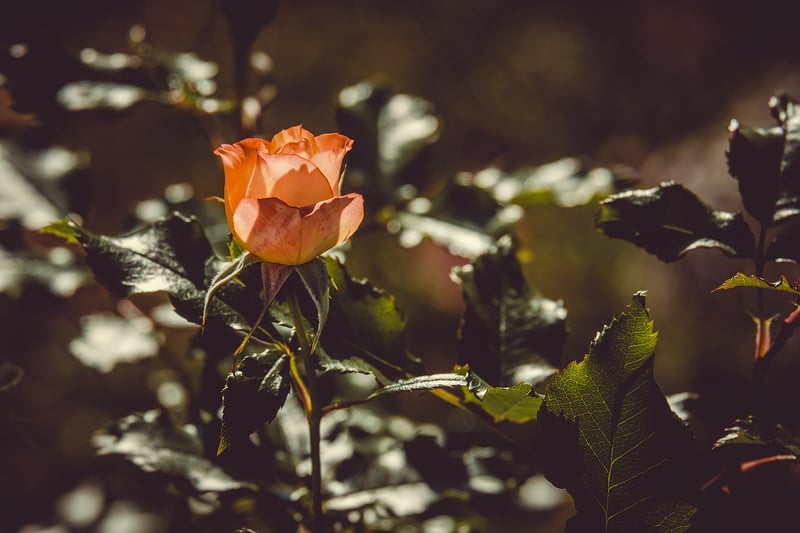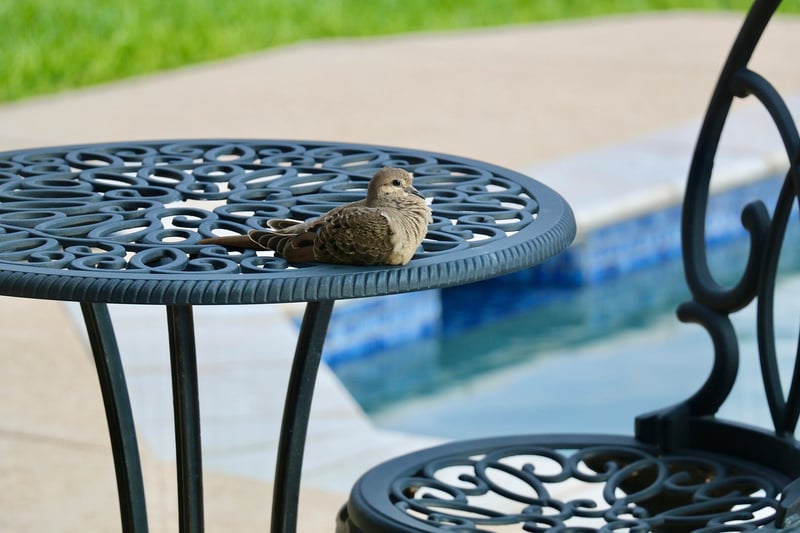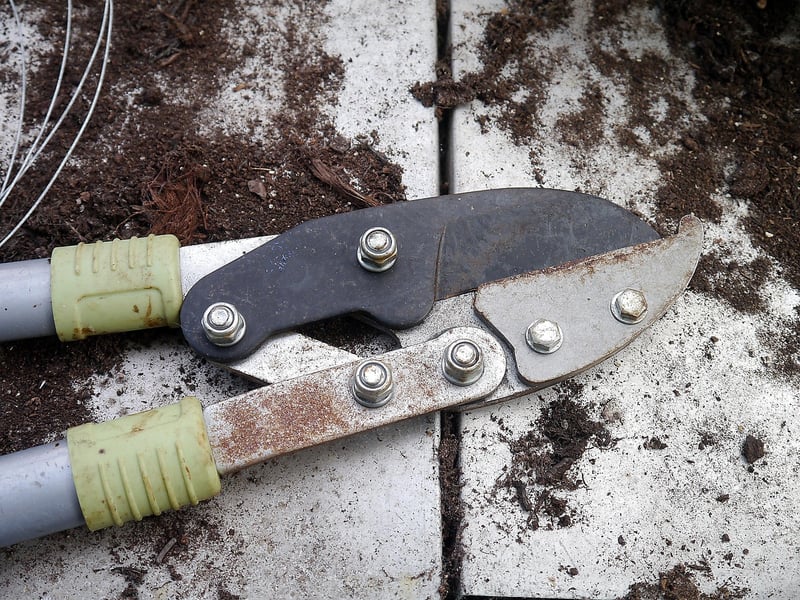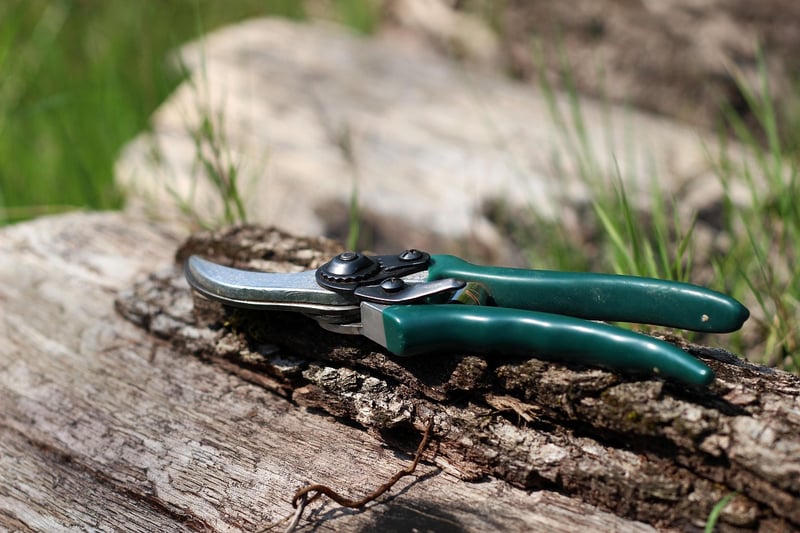Pruning Techniques
Keeping Your Garden Healthy: Essential Pruning Techniques
Welcome to your guide on keeping your garden healthy through proper pruning techniques! Pruning is a crucial aspect of garden maintenance that promotes plant growth, enhances flowering, and ensures overall plant health. By understanding the basics of pruning and following the right techniques, you can transform your garden into a thriving and beautiful space.
Why Pruning is Important
Pruning involves the selective removal of parts of a plant such as branches, buds, or roots. This process helps plants by:
- Promoting new growth
- Shaping the plant
- Improving air circulation
- Preventing disease
- Enhancing fruit production
Essential Pruning Techniques
1. Deadheading
Deadheading is the removal of spent flowers from a plant. This technique not only improves the plant's appearance but also encourages further blooming.

2. Thinning
Thinning involves selectively removing branches to improve air circulation and reduce overcrowding. This technique helps prevent diseases and promotes healthy growth.

3. Heading Back
Heading back is the practice of cutting back the tips of branches to encourage bushier growth. This technique is useful for shaping shrubs and hedges.

4. Rejuvenation Pruning
Rejuvenation pruning involves cutting back old or overgrown plants to stimulate new growth. This technique is ideal for reviving neglected or leggy plants.

Conclusion
Mastering the art of pruning is essential for maintaining a healthy and vibrant garden. By incorporating these essential pruning techniques into your gardening routine, you can ensure that your plants thrive and flourish, creating a stunning outdoor space for you to enjoy.
Remember to always use sharp, clean tools when pruning and to research specific requirements for different plant species. Happy pruning!
